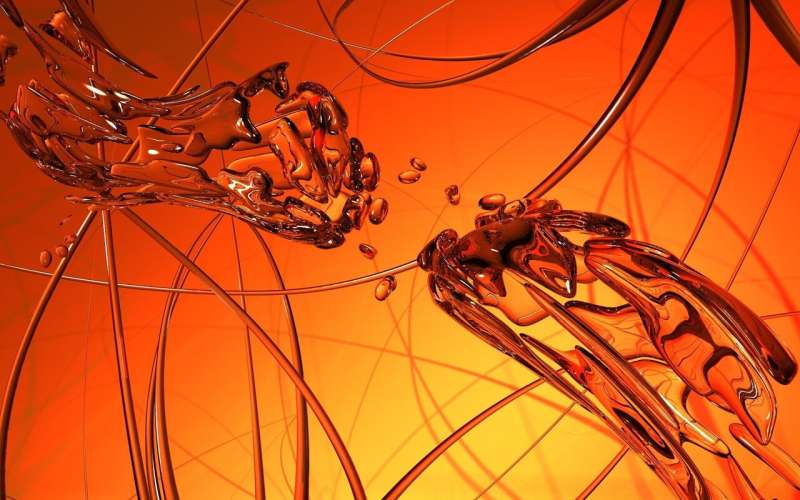A breakthrough in catalysts: Smaller than nanoscale

For two decades, manipulating materials at the nanoscale to develop efficient catalysts for various applications, including water treatment, has been the gold standard in the field. But a new study goes even smaller—down to a single atom, the theoretical limit in material downsizing. And results show a big improvement in efficiency, with surprising new properties that cannot be achieved by nanomaterials.
The study, led by the lab of Jaehong Kim, the Henry P. Becton Sr. Professor and Chair of Chemical & Environmental Engineering, was a collaboration between Yale, Arizona State University, and the Brookhaven National Laboratory. It was published this week in Nature Communications.
When it comes to water treatment catalysts, which are used to break down pollutants, smaller is better. That's because it increases the surface area, which increases its kinetics. But nanomaterials, as small as they are, still have clusters of atoms buried beneath the surface that go unused.
For the study, the researchers synthesized a single atom of palladium on a silicon-carbide substrate. This new catalytic system significantly improved the kinetics of destroying harmful chlorinated pollutants in water. The system's low cost is also critical to its success. The expense of palladium and other materials with valuable catalyst properties has been prohibitive in developing cost-effective water treatment systems.
"If you break expensive palladium catalyst down to a single-atom limit, all of sudden, it becomes so cheap that it opens up new opportunities, especially for applications such as cost-sensitive water treatment," Kim said.
One particularly valuable property of the palladium atom is how selective it is when breaking down substances. That's crucial because if a catalyst that breaks down more than it needs to—that is, non-toxic substances—it will be wasting energy. But palladium at the single-atom level selectively breaks down carbon-halogen bonds with nearly 100% selectivity, while leaving the rest of the molecule intact. Such a high selectivity is not possible with palladium nanoparticles, which are the current industry standard.
With all of these advantages over the standard nanomaterial catalyst, Kim said the study marks a "pretty important advance in the water treatment field."
"This not only increases the kinetics and drastically reduces the cost, it means we can do selective pollutant destruction for water treatment for the first time," Kim said.
To build on their breakthrough, the researchers are working on integrating the material into a hydrogenation reactor and electrochemical cell to make a modular water treatment system that targets various pollutants, with a particular focus on anthropogenic halogenated, toxic organics, including PFAS chemicals.
More information: Chiheng Chu et al, Neighboring Pd single atoms surpass isolated single atoms for selective hydrodehalogenation catalysis, Nature Communications (2021). DOI: 10.1038/s41467-021-25526-2
Journal information: Nature Communications
Provided by Yale University



















